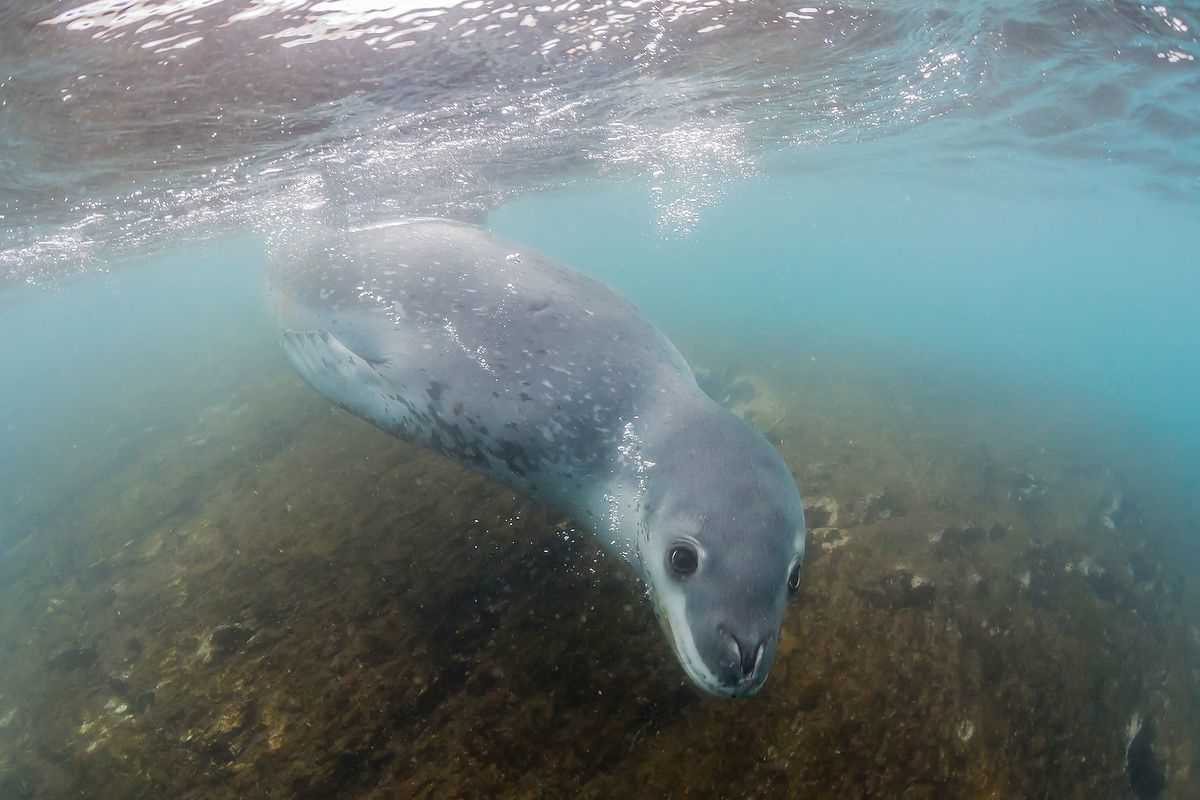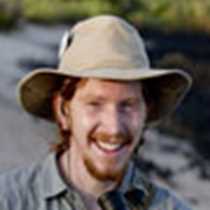This morning, guests on National Geographic Explorer awoke off Monroe Island in the South Orkney Islands. The weather was a bit blustery and overcast, so we donned our boots and parkas to explore Sandefjord Bay.
Cruising along the coasts, we soon spotted our seventh species of penguin: the chinstrap. This colony certainly demonstrated their preference to nest in numbers, as chinstraps covered almost every spot along the coast. Where
There wasn’t a lot of activity in and out of the water, and we soon realized why. We could see three leopard seals in the small bay, swimming among the icebergs. This species of seal is responsible for more predation on warm-blooded prey than any other pinniped. While krill makes up a large part of their diet, they’ll also patrol penguin rookeries, to attack both adults and newly fledged chicks. They also go after juvenile crabeater seals.
A leopard seal’s enormous gape, large canines, and incisors are designed for gripping and tearing prey, and their interlocking molars act as an efficient krill sieve. We were lucky enough to hear some of their vocalizations which occur prior to and during breeding. Lone males will vocalize for long periods each day; the females vocalize only briefly from the beginning of estrus (late November to January) until mating to advertise their readiness to mate. Their low-to-medium frequency calls are so powerful they can be heard through the air-water interface—we heard them from our Zodiacs. An absolutely incredible experience!!! We went out seeking chinstraps but returned excited by our encounters with leopard seals.
After returning to the ship, and with the bow pointed south toward the Weddell Sea, we felt grateful for our reprieve from the high seas and time in the seldom-visited South Orkney Islands.









